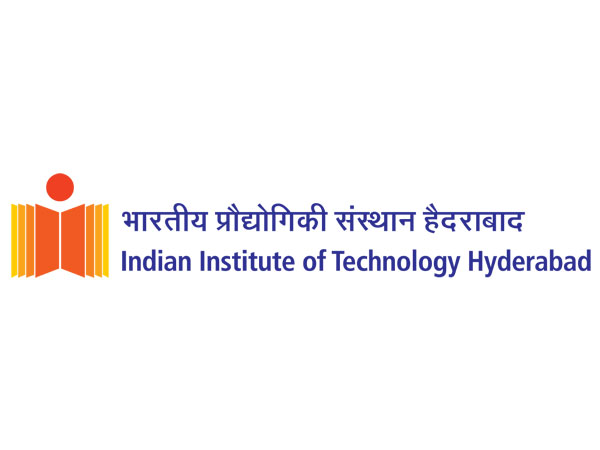Hyderabad (Telangana) [India], Aug 23 : With an aim to treat fungal infections and leishmaniasis (kala-azar and black fever) prevalent in the country, researchers at Indian Institute of Technology (IIT) Hyderabad have developed a method to produce controlled-release oral tablets.
The tablets were found to release the drug Amphotericin B in a sustained and controlled manner over a period of 10 days, read a statement from the institution.
“Amphotericin B (AmB) is the drug of choice for progressive and potentially life-threatening fungal infections of the abdomen and heart valves, fungal pneumonia, and leishmaniasis, a neglected tropical disease. It is used to treat Kala Azar or black fever, a dangerous and often fatal form of Leishmaniasis, common among the economically underprivileged sections in states such as Bihar, Jharkhand, West Bengal and Uttar Pradesh,” the statement read.
It added that the development of oral, controlled-release tablets for fatal fungal infections and leishmaniasis, could help in better management of the disease burden in the country.
The development of cures for dangerous fungal diseases and leishmania has been challenging, IITHyderabad stated.
Professor Brahmchari who first used an antimony compound for treating kala-azar in the 1920s was even nominated for the Nobel Prize in 1929.
“The disadvantages associated with AmB include high cost, toxicity and poor bioavailability (<0.9 per cent). AmB is administered through injection, which results in an uncontrolled release of the drug into the bloodstream. There have been attempts to make oral medication containing AmB to control the delivery of the drug and bring down costs,” the statement read.
In order to make controlled-release oral tablets, the drug molecules must be loaded onto a base that dissolves gradually to release the drug over a period of time.
The research was led by Professor Saptarshi Majumdar and Dr Chandra Shekhar Sharma, Associate Professor, Creative and Advanced Research Based on Nanomaterials (CARBON) Laboratory, Department of Chemical Engineering, IIT Hyderabad.
Speaking on the rationale of using nanofibres to produce oral tablets of AmB, Sharma said, “Nanofibres – fibres that are a hundred thousand times thinner than the human hair – are increasingly being considered as a medium for controlled release of drug molecules because of their large surface area and porosity. There are two choices to be made in producing controlled-release tablets. The polymer that is used as the base nanofibre and the mode of producing the nanofibre itself.”
Professor Majumdar added, “Through careful control of the crosslinking conditions, we could achieve sustained release of AmB over a period of ten days.”






















 WhatsApp us
WhatsApp us